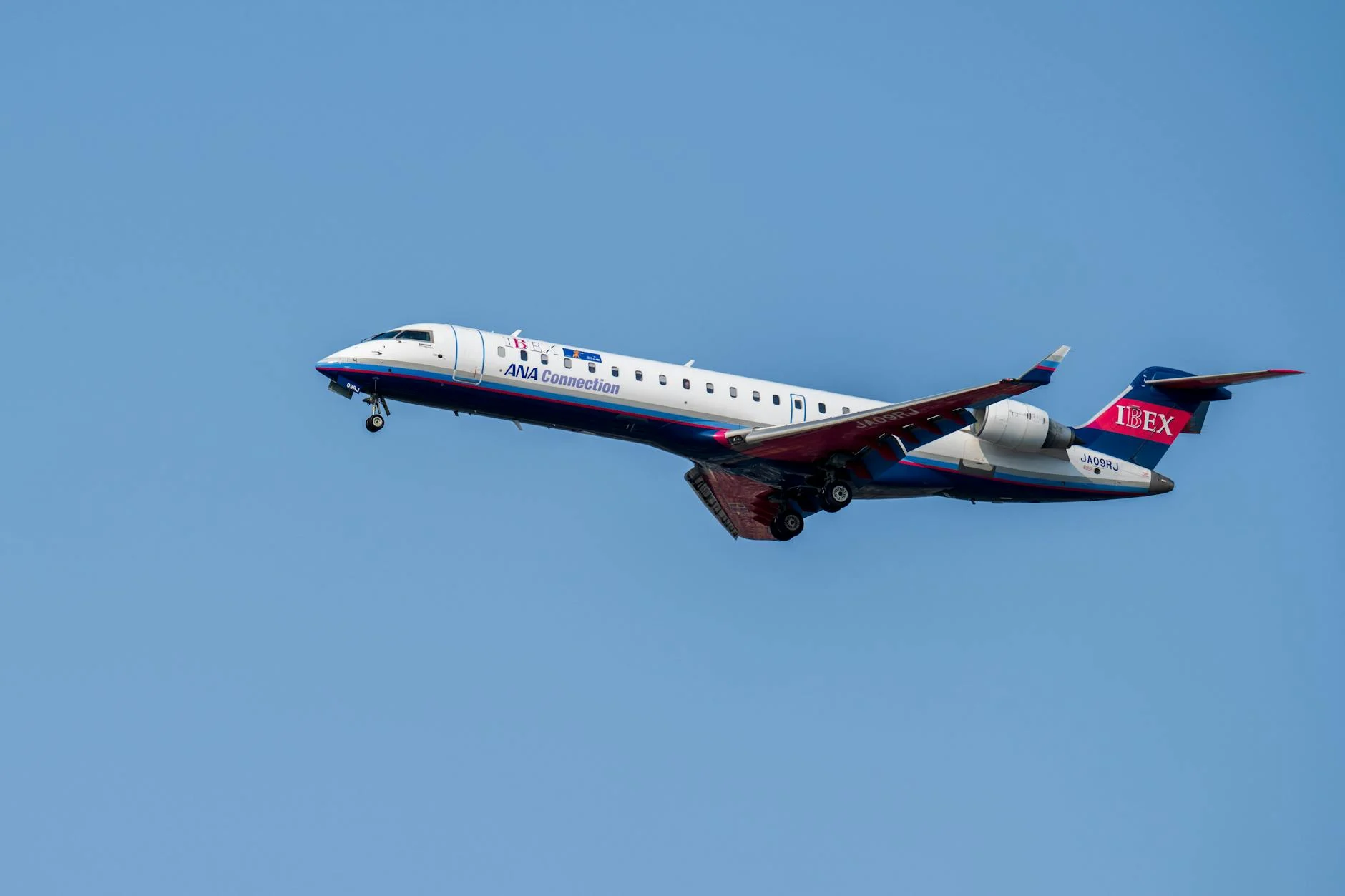In Travel, Impressions Begin on Board.
Few experiences illustrate this better than flying to Japan with ANA (All Nippon Airways) or JAL (Japan Airlines). Across social platforms and international review sites, global travelers share reactions ranging from “I can never go back” to “a league of their own.”
In this article, we distill the essence of how Japan’s flagship carriers are perceived abroad—through authentic voices and candid testimonials. What many in Japan might see as “standard excellence” is, from a global perspective, often nothing short of remarkable.
① Remarkable Hospitality: “Like a Boutique Hotel in the Sky”
“The flight attendants read the mood. They don’t hover, but they’re always there when you need them. That’s rare.” — Business traveler from the United States
What leaves many international travelers truly impressed is the intuitive attentiveness of the cabin crew. The service is never intrusive, yet never absent—a delicate balance that sets Japanese carriers apart from many Western counterparts.
“She knelt beside me to explain the meal options, not standing over me like most crews do. That felt deeply respectful.” — Cultural traveler from Germany
Simple gestures—kneeling to speak at eye level, naturally warm smiles, and graceful, quiet movements—reflect a deeply ingrained culture of omotenashi, or heartfelt hospitality. For many, it is an introduction to Japan’s spirit before even landing.

② Immaculate Cleanliness and Order: “I Didn’t Expect This Level of Spotlessness”
“It’s the cleanest aircraft I’ve ever boarded. Even the lavatory was spotless 8 hours in.”— Healthcare professional from Canada
Both ANA and JAL are renowned for their almost obsessive dedication to cabin cleanliness. For many international passengers, the pristine condition of restrooms—even on long-haul flights—stands out as a striking point of difference.
“Everything is in place. The blankets are folded, the seatbelts arranged neatly. It shows care.”— Female traveler from Singapore
Even when the aircraft isn’t the newest, everything is meticulously arranged and presented. This sense of aesthetic order—where harmony and cleanliness meet—is uniquely Japanese, and speaks volumes about the airline’s ethos of quiet excellence.
③ Culinary Finesse at Altitude: “Is This Better Than a Restaurant on the Ground?”
“Their miso soup was better than what I had in restaurants in LA.” (Second-generation Japanese American traveler from the U.S.)
In the world of air travel, in-flight dining is often a decisive marker of quality. Among international carriers, ANA and JAL distinguish themselves with their exquisitely presented Japanese cuisine—praised for its balance, temperature, visual elegance, and thoughtful presentation.
ANA offers a kaiseki-style multi-course experience, while JAL features menus curated by renowned traditional restaurants. For many travelers, it feels like a cultural immersion begins not upon landing in Japan, but at 35,000 feet—an authentic Japanese experience before even touching the ground.
“The little details amazed me. Chopsticks with paper holders, ceramic bowls, a printed menu – on a plane!”(Culinary traveler from the United Kingdom)

④ Precision in Operation, Poise in Communication: “It Feels Like Safety Is Part of the Flight”
“It’s not just that they’re on time – it’s how calm everything feels.” (Business traveler from South Korea)
Punctuality is a given. Yet what truly resonates with many discerning travelers is the calm, composed tone of announcements—especially during delays or turbulence. It fosters a quiet sense of assurance throughout the cabin.
Equally admired are the meticulously choreographed gestures of ground staff before departure: their formation, respectful bows, and synchronized waves. To some, it evokes the precision of a well-trained ceremonial unit—“military-like in discipline, but graceful in spirit.”
“They bowed to the plane. I don’t even have words for that. Beautiful.” (Photographer from France)
⑤ Thoughtful Touches in Entertainment and Amenities
“Even in economy, the headphones are not junk. And their movie selection had both Ghibli and samurai films!”(Culture enthusiast from Italy)
From curated Japanese films and music selections to language-learning programs and noise-reducing headphones, travelers consistently praise the thoughtful attention to detail. Even the warm hand towels—offered quietly and gracefully—reflect a deep cultural sensitivity.
Families especially appreciate the extra touches: JAL’s traditional Japanese toys for children and ANA’s furoshiki-wrapped gift amenities are small gestures, yet they leave lasting impressions of authenticity and care.
Conclusion: Japan’s Airlines Offer More Than Transportation—They Deliver a Cultural Experience
What sets Japan’s airlines apart is not simply their efficiency, but their quiet elegance—hospitality delivered with restraint, precision, and intention. This level of refinement is rarely found on international carriers.
Rather than merely transporting passengers, ANA and JAL serve as flying ambassadors of Japanese culture. They offer a preview of what awaits on the ground, creating a seamless bridge between travel and tradition.
“I felt like I had visited Japan before even landing. That’s powerful.” — First-time visitor from Australia
On your next journey through the skies, why not choose an experience that begins the moment you board—and lingers long after you land?




